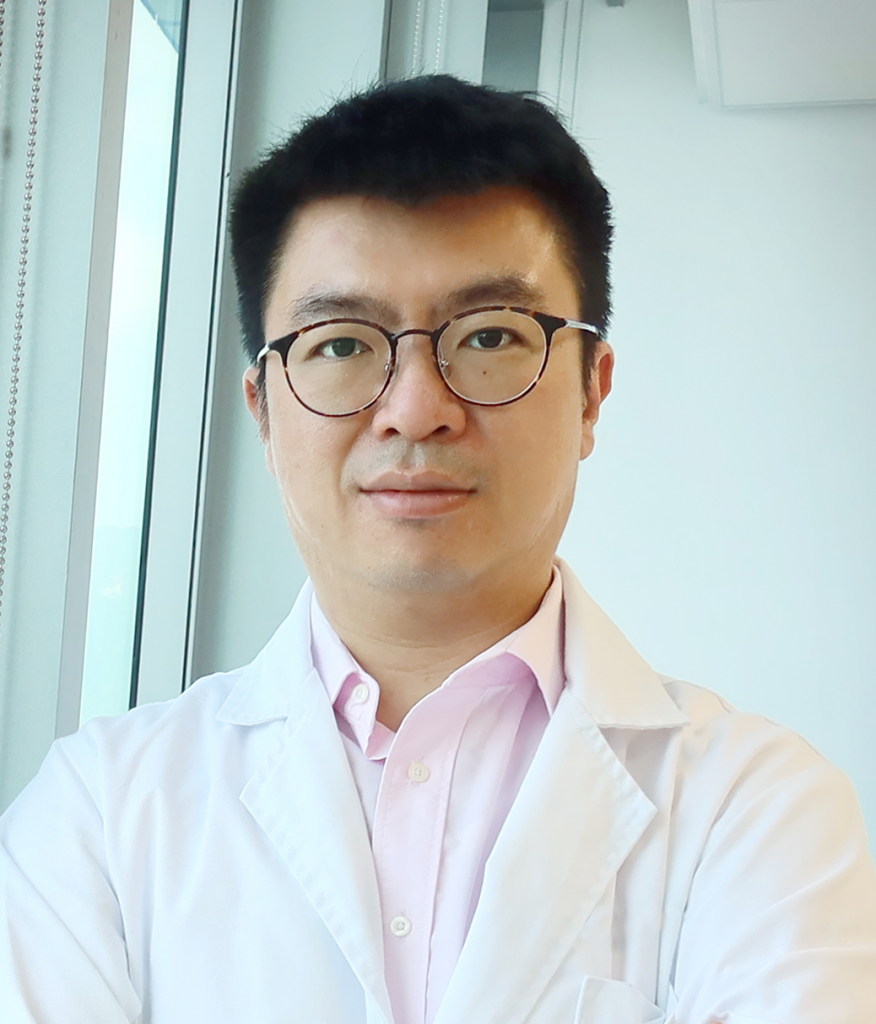
Unusual emulsion without surfactant and the molecular mechanism for its stability
Date : 18 Jan 2024 (Thur)
Time : 10:00 – 11:00am (HKT)
Venue : Tam Wing Fan Innovation Wing Two, HKU
Language : English
Oil and water emulsions are often formed by including surfactant molecules in the system. Surfactants decrease the interfacial tension of the fluids and stabilize the emulsions. At a molecular level, the surfactant molecules typically contain an oil-soluble tail with an ionic or hydrophilic head to stabilize at the oil-water interface.
We report an unexpected emulsion of polydimethylsiloxane (PDMS) oil and glycerol without the addition of any surfactants. These emulsions are stable for weeks even at very high volume fractions of the dispersed phase. Temperature-dependence properties and nuclear magnetic resonance (NMR) measurements show that the stability is due to the dramatic increase of the local oil viscosity at the oil/water interfaces. We will discuss our experimental findings and also, if time permitting, our miniaturized NMR instrument that could, in the future, enable easy access and wide application of NMR.
 |
Speaker:
Dr. Yi Qiao Song
John A. Paulson School of Engineering and Applied Sciences, Harvard University
Bio:
Dr. Yiqiao Song received a B.S. degree from Peking University in 1985 and a Ph.D. degree in physics from Northwestern University in 1991. He was a Miller Research Fellow at University of California, Berkeley, where he studied NMR/MRI of hyperpolarized gasses. From 1997-2020, he worked at Schlumberger-Doll Research to lead the NMR/MRI development and applications for the study of porous media and well logging.
Since 2020, he has been a Research Scientist at Harvard University and a research staff at Massachusetts General Hospital. Dr. Song is a Fellow of the American Physical Society and International Society of Magnetic Resonance, Associate Editor of the Journal of Magnetic Resonance and Petroleum Sciences, member of the editorial boards at Magnetic Resonance Letters and the Chinese Journal of Magnetic Resonance. He is also the chair of the Magnetic Resonance in Porous Media Division of Groupement Ampere. He has published over 190 scientific papers and holds 60+ patents (30+ more in execution). His research focuses on developing NMR/MRI/NQR methodologies and instrumentation to study porous media, complex fluids and biological tissues.
 |
Moderator: Prof. Anderson H.C. Shum Centre Director, Advanced Biomedical Instrumentation Centre, and Professor, Department of Mechanical Engineering, The University of Hong Kong |
